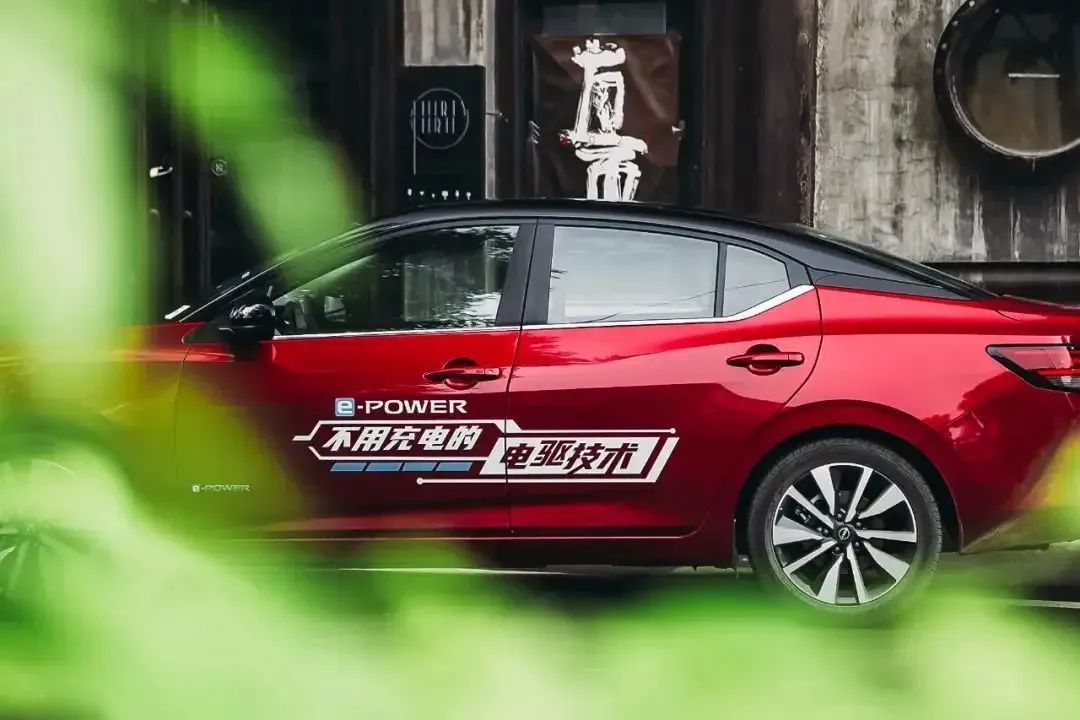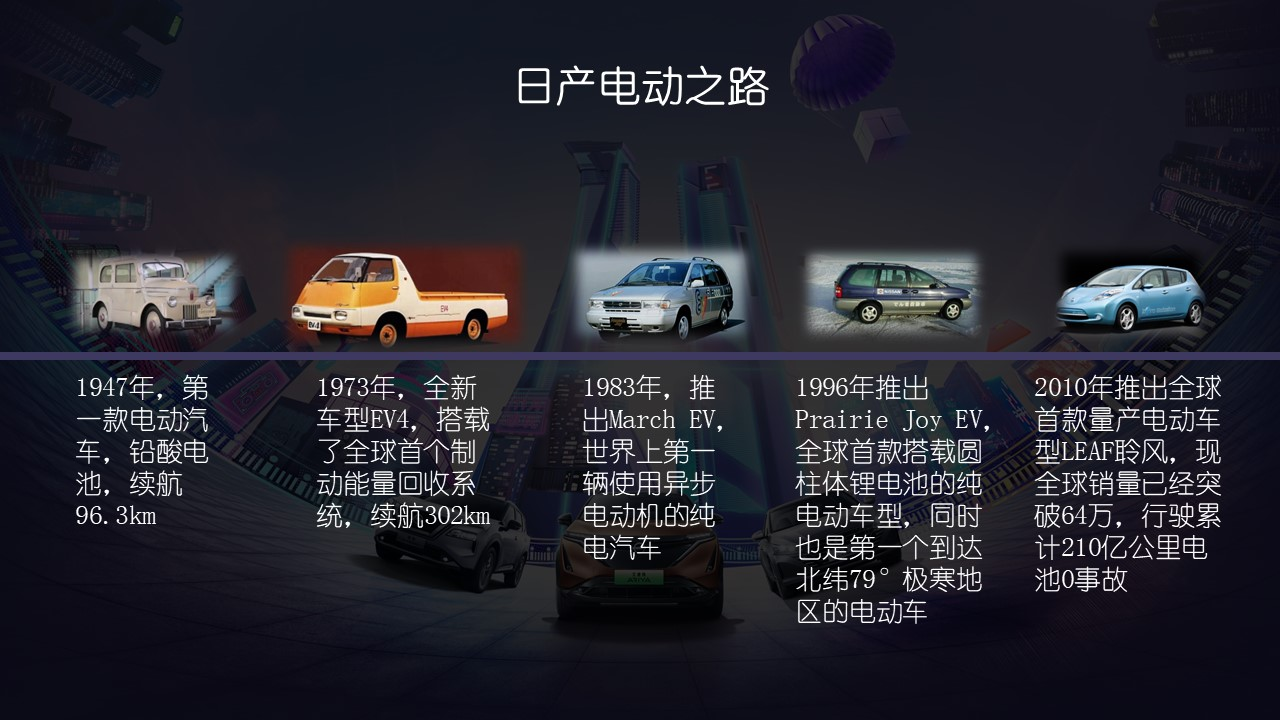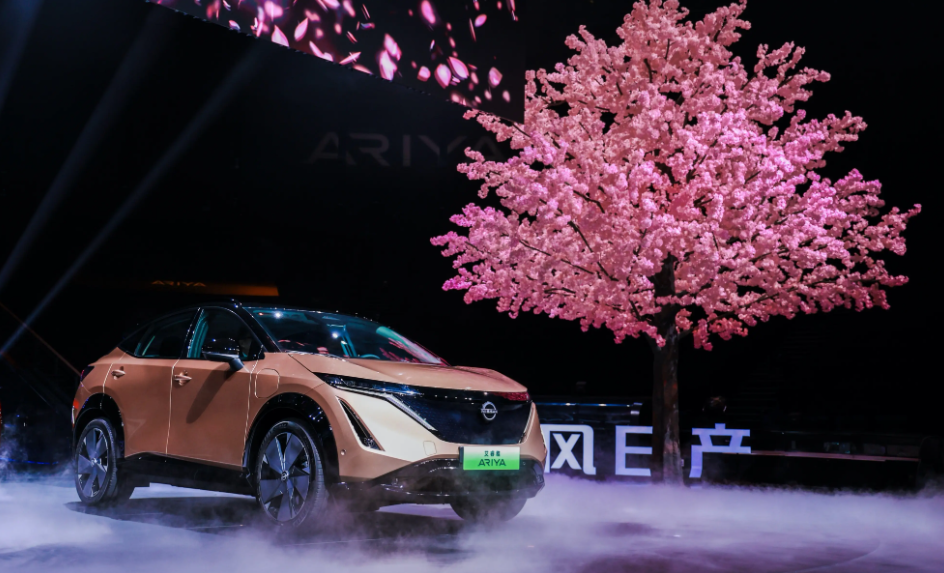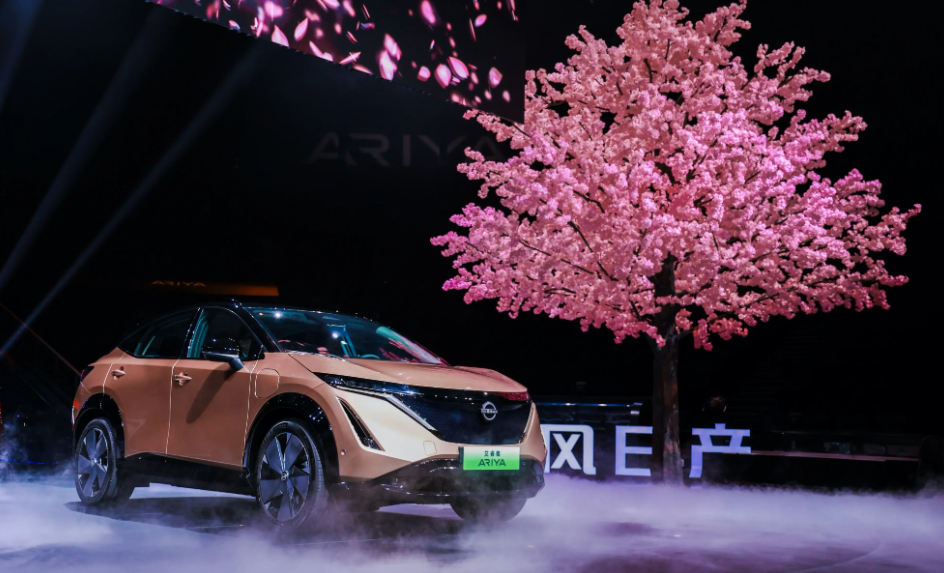Author: Zhang Yi
Facing the changes brought by the electrification trend in the automotive industry, Nissan’s attitude is ambiguous.
In December 2021, Nissan released its “Nissan 2030 Vision” plan, which clearly states that “electrification” will be the company’s long-term development strategy.
Electrification includes two aspects. The first is to manufacture electric vehicles. Currently, the representative model in the domestic market is the Ariya, which was just launched in September. The second is to manufacture models equipped with e-POWER technology. Currently, the representative model in the domestic market is the X-Trail e-POWER.

e-POWER is a power system that generates electricity from fuel and is completely driven by electricity, which is similar to an extended range system without external charging. According to the “Nissan 2030 Vision”, it is estimated that by 2030, Nissan’s electrified vehicle models in the domestic market will account for more than 40% of total sales, and among the electrified vehicle models, pure electric and e-POWER will each account for 50%.
While others take a step forward, Nissan takes a half step back. This conservative policy is very similar to the Japanese-style approach.
Currently, with a population of about 126 million, Japan already has 5.4 million employees directly involved in the automobile industry. If the Japanese automobile industry, including Nissan, rashly switches to full electrification, it will inevitably cause a very serious chain reaction in the Japanese domestic economy. Therefore, Japanese automakers have a lot to lose.
Standing at this historical node of electrification, Nissan really can’t help but be cautious. However, looking back 75 years ago, when facing the transformation of electrification in Japan, Nissan’s choice was unwavering.
Nissan’s Electrification History
In the early 1940s, Japan was deeply mired in the vortex of the East Asian battlefield, the Southeast Asian battlefield, and the Pacific battlefield, and all oil transportation lines collapsed. In the context of severe shortage of oil resources, the Japanese government called on the Japanese automobile industry to develop electric vehicles relying on the abundant domestic hydropower resources.
In 1947, Nissan developed its first electric vehicle—TAMA. TAMA used rechargeable and replaceable lead-acid batteries with a range of up to 96 km and a top speed of up to 35 km/h. Later, it was widely used in the Japanese taxi industry.Following TAMA, Nissan successively launched EV4, March EV, and Prairie Joy EV. Although not yet in mass production, Nissan has achieved qualitative breakthroughs in the field of electric vehicle technology through continuous innovation.

After more than 60 years of accumulation, Nissan finally officially launched the world’s first mass-produced electric vehicle LEAF in 2010. Once launched, it became popular in the Japanese and European and American markets. At that time, Tesla was still a relatively unknown force in the United States, and the Chinese new energy vehicle market was still a blue ocean.
Today, LEAF’s global sales have exceeded 640,000, traveling a cumulative distance of 21 billion kilometers, with zero battery accidents.
Although Nissan started early, it moved slowly and cautiously in electrification, which is the key to avoid accidents. For a company, being careful in technology is inevitably cautious, but when it finally comes to users, it is worry-free and peace of mind.
The time has come
Although Nissan started early, its steps became hesitant when electrification really arrived.
In September 2020, the first mass-produced model of Nissan’s new pure electric platform, the CMF EV Cloud Platform, Ariya, was unveiled at the Dongfeng Nissan booth of the Beijing Auto Show. Although not stunning, it still captured the hearts of some Nissan fans.
Just when Nissan seemed to have officially sounded the horn of electrification, domestic new forces were still making slow progress, while Toyota and Honda were watching from the sidelines. Two months later, the VW ID series only started its first release.
Although Ariya had already appeared in China in 2020, it was not officially launched until 2 years later, which was this September. At the press conference, Yamaguchi Takeshi, Vice President of Dongfeng Motor Co., Ltd. and General Manager of Dongfeng Nissan Passenger Vehicle Company, said: “At this moment, Nissan encounters innovation once again, and Ariya will be the best product for Chinese consumers.”
 Compared to the best small-priced Xpeng G9 under 500,000 RMB and the best Ideen L9 under 5 million RMB, Yamaguchi Takehito’s claim can be said to be very low-key.
Compared to the best small-priced Xpeng G9 under 500,000 RMB and the best Ideen L9 under 5 million RMB, Yamaguchi Takehito’s claim can be said to be very low-key.
Currently, in the price range of 300,000 RMB where Airy Motors is located, Tesla and BYD, with sales of tens of thousands of units, have long been dominating the market; new forces brands such as NIO and WM Motor are following closely behind; the Volkswagen ID series has already begun to show some growth. Meanwhile, Japanese automakers are still not making waves in this market.
However, we also see that, as the novelty of new energy vehicles has worn off among users who have been hyped by internet companies that make cars, the true value of new energy vehicles is beginning to return. The fact that the stock price of WM Motor has been halved just shows that the increasingly calm market has poured a bucket of cold water on some new brands, and this may be a new opportunity for traditional joint venture enterprises such as Nissan to make a comeback.
Must hurry up
In the increasingly fiercer competitive environment of today, GAC-Airy Motor, backed by GAC, has shown strong corporate resilience by integrating upstream and downstream industries and forming an industrial closed loop from raw materials to production and sales in a market environment full of uncertainty, and sales have also achieved steady growth.
Like GAC-Airy Motor, compared to new players, traditional automakers often have stronger core competitiveness in controlling the industry chain. This can be said to be the biggest bottom line for traditional automakers to go further and stronger in the industry winter as the value of the new energy vehicle market returns.
After 75 years of technical precipitation, Nissan’s electrification is much more reliable and practical than that of new brands in many aspects. One thing for sure is that users can always trust Nissan for peace of mind.
For current Nissan, adopting a half-step electrification strategy is a relatively gentle reform strategy, considering the status of the domestic and overseas markets. Nevertheless, taking a step forward is still better than standing still.
However, in the Chinese market, taking a half-step is far from enough.
In the vast Chinese market, especially in the case of the rise of domestic brands in the field of new energy vehicles, the days of joint venture brands such as Nissan will only get harder and harder. To exert the core competitiveness of traditional enterprises, recapture the dominant position in the automotive market, we have only one word — hurry up.
Rolling out products, capacity, and marketing, should give our best efforts until exhaustion. A key point for the rolling strategy is localization operations in China if we want to break through the encirclement of domestic, foreign, and joint venture brands in the Chinese new energy vehicle market.It is well known that Dongfeng Nissan is the only joint venture of Nissan in China, and the senior positions have always been controlled by the Japanese side. Although this ensures Nissan’s global coordination and synchronization, it hinders Dongfeng Nissan’s localized operations according to local conditions.
According to relevant data, the penetration rate of pure electric vehicles in China has exceeded 21% in the first half of this year, and it is expected to reach 30% to 35% in the entire year of 2022. The market share of pure electric vehicles is continuously accelerating.
In the face of this situation, Nissan needs to give Dongfeng Nissan specific discourse power in the Chinese market to adapt to the development and changes of the Chinese market. Nissan’s electrification in the Chinese market should also be accelerated.
The Voice of Electrification
If we count from 1881, when the French inventor Gustave Trouvé invented the world’s first rechargeable three-wheeled electric vehicle, the history of electric vehicles has been 141 years.
In the 141 years of history, the figure of electric vehicles has never disappeared, and the research and development of electric vehicle technology has never stopped. It is precisely because electric vehicles have enough precipitation that they have the opportunity to grow exponentially in the unprecedented change in the automotive industry, gradually replacing fuel vehicles as the trend.
Under the tide of change, domestic new forces with topic genes have attracted much attention; German cars represented by BBA also have loyal fans; French cars have been dizzy by the tide, quit or struggle; American cars are gradually losing their presence; and Japanese cars are undergoing difficult transformations in Japanese society that can affect the whole.
Although domestic brands have taken the lead in the new energy vehicle market and are at the forefront of technology, joint venture brands, especially Japanese car models including Nissan, still have more advantages in the accumulation of electric vehicle technology and control over the entire automobile industry.
This also means that in the downturn of the economy, joint venture brands often have stronger resistance to risks and greater reliability in radical electrification technologies. In these aspects, domestic brands still need to continue to study hard. Therefore, with the continuous deepening of electrification, the power that joint venture brands have accumulated for many years will gradually be released, posing a threat to domestic brands that currently dominate the market discourse.
However, in the face of the redefinition of automobiles and the overturning of product logic, joint venture brands must not only accelerate their pace, but also have the determination and courage to start again from scratch in order to recapture the market discourse power.
我的博客
欢迎来访问我的 博客。以下是我最近的一些博文:
我的旅行经历
这次我去了一个美丽的地方,那里有:

- 一望无际的海洋
- 一个神奇的公园
我的学习笔记
在学习过程中我发现可以通过以下方式来提高学习效率:
- 睡眠质量
快速抓住重点- 多做练习题
如果你有兴趣,请查看我的 学习笔记。
This article is a translation by ChatGPT of a Chinese report from 42HOW. If you have any questions about it, please email bd@42how.com.
